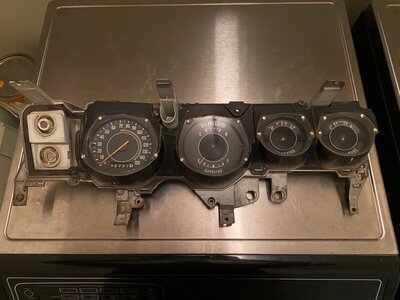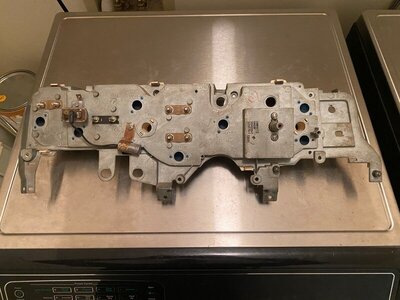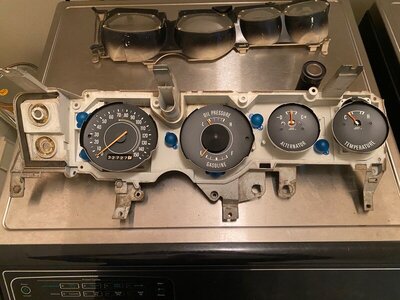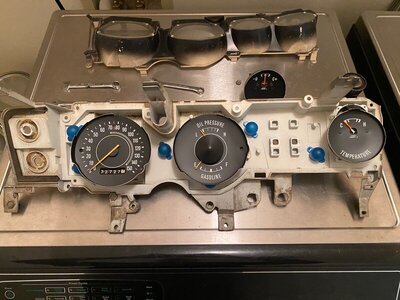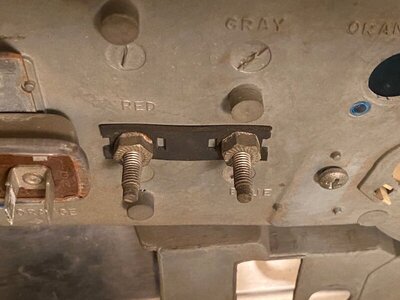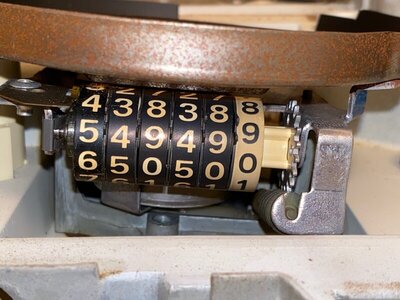MoparGuy68
Well-Known Member
With all these current threads about the infamous Mopar Ammeter, and the fact that my Charger's charging system isn't working, I decided to take a CLOSE, in person, look at one of these little devices. The device with the villainous reputation as being a "ticking time bomb" just waiting to destroy your car's electrical system. Seems this little gauge is the focus of lots of controversy these days.
This dissection is not of the ammeter in my Super Bee, but one from an extra standard Rallye instrument cluster that came with my car when I bought it. The cluster was filthy dirty! I thoroughly wiped it down and cleaned it off before I started taking photos. Odometer reads 32727.7 miles (from the looks of the cluster before I cleaned it, that probably is 132,727.7 miles).
So let us see the condition of this little ticking time bomb, inside this cluster..
Well, after removing the plastic bezel and unscrewing the ammeter, I must say it looked pretty damn good to me! The top half of the orange needle is a little faded, but other than that, it looked surprisingly good. The terminal post studs on the back of the gauge are solid, with no play or movement whatsoever. I don't see any evidence of burn marks or overheating.. A little bit of surface rust on the underside of the securing nuts, and on the little black strip, that goes between them and the back of the cluster.
Needle seems to sit straight up and down, vertically. But it is shifted to the left of the white center mark, which is wider in width than the needle.
Maybe this particular ammeter has taken a licking and kept on ticking? Or maybe the car it was in didn't have any nasty electrical issues to cause excessive current to travel through it.. I think we could say this is a survivor ammeter! And it looks like it would work without issue in a car with a solid electrical system.
So damn hot today, 111 F, that it was more enjoyable to play with this ammeter in the cool house, then work on the car in the hot garage. Maybe I should do some of those resistance tests on this gauge like others were posting on here.
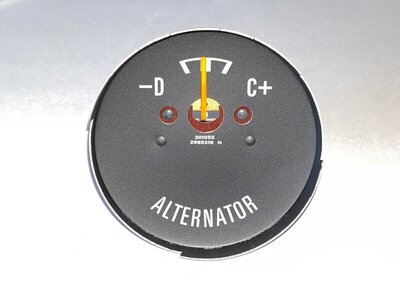
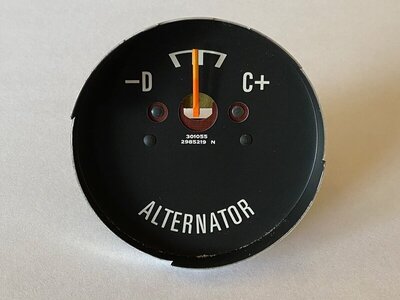
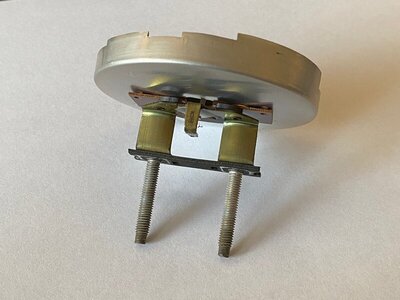
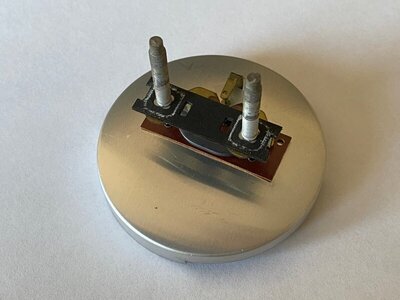
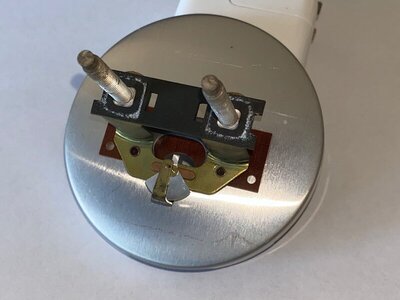
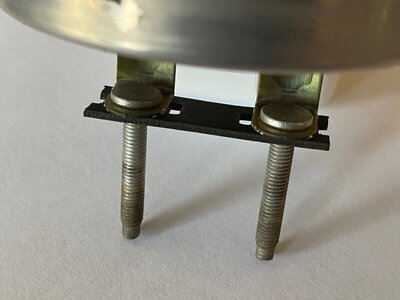
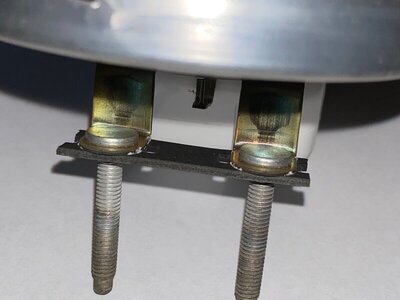
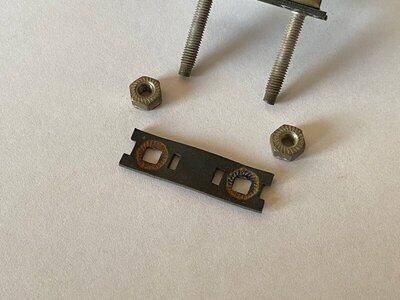
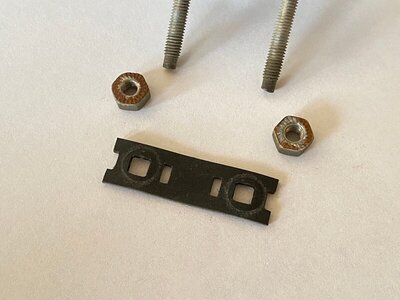
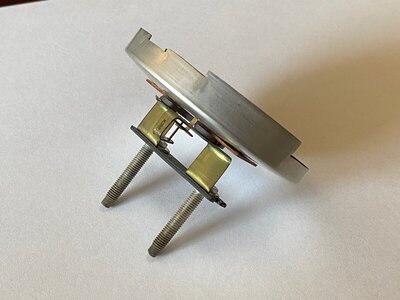
This dissection is not of the ammeter in my Super Bee, but one from an extra standard Rallye instrument cluster that came with my car when I bought it. The cluster was filthy dirty! I thoroughly wiped it down and cleaned it off before I started taking photos. Odometer reads 32727.7 miles (from the looks of the cluster before I cleaned it, that probably is 132,727.7 miles).
So let us see the condition of this little ticking time bomb, inside this cluster..
Well, after removing the plastic bezel and unscrewing the ammeter, I must say it looked pretty damn good to me! The top half of the orange needle is a little faded, but other than that, it looked surprisingly good. The terminal post studs on the back of the gauge are solid, with no play or movement whatsoever. I don't see any evidence of burn marks or overheating.. A little bit of surface rust on the underside of the securing nuts, and on the little black strip, that goes between them and the back of the cluster.
Needle seems to sit straight up and down, vertically. But it is shifted to the left of the white center mark, which is wider in width than the needle.
Maybe this particular ammeter has taken a licking and kept on ticking? Or maybe the car it was in didn't have any nasty electrical issues to cause excessive current to travel through it.. I think we could say this is a survivor ammeter! And it looks like it would work without issue in a car with a solid electrical system.
So damn hot today, 111 F, that it was more enjoyable to play with this ammeter in the cool house, then work on the car in the hot garage. Maybe I should do some of those resistance tests on this gauge like others were posting on here.











